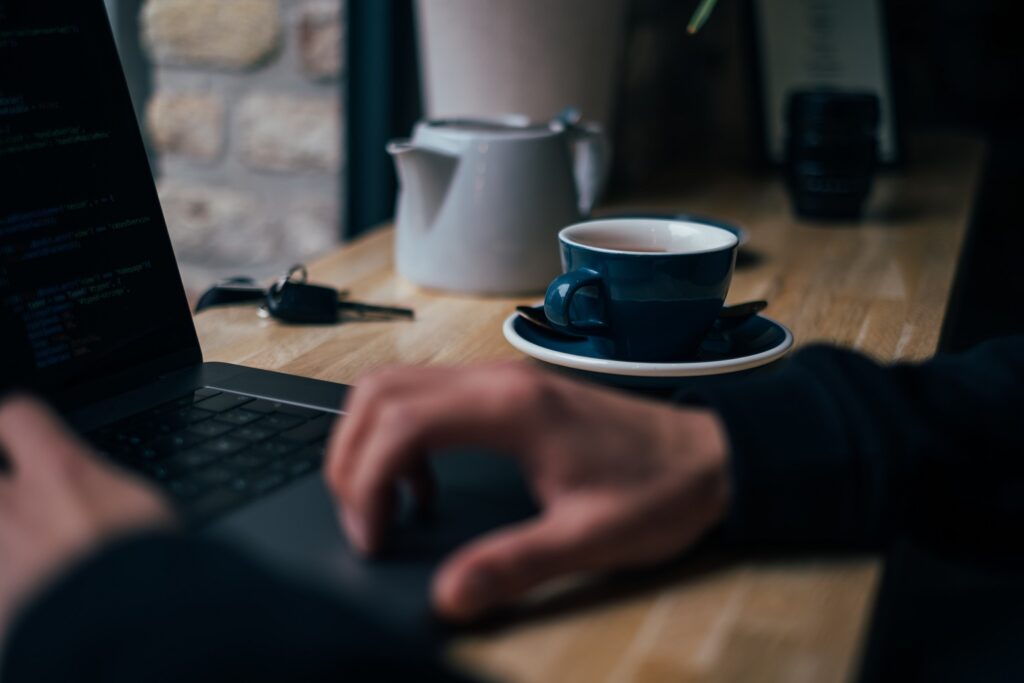How To Multitask More Effectively At Work: 12 Top Strategies

If you are searching for some strategies on how to multitask more effectively at work, you will find it Love This article.
Multitasking is an incredible way to multitask. Multitasking not only lets you focus on several unrelated tasks at the same time, but also lets you break up monotonous tasks so you can be more productive. Effective multitasking, however, is harder than it sounds.
Not only do you must face challenges to stay focused, but you even have to manage your time effectively. Luckily, with practice, you will be capable to multitask and get lots of work done.
How To Multitask More Effectively At Work:
1. Focus on the goals of your diverse businesses.
Before starting work, consider what you want to attain with each effort. Take time to segregate tasks and create an organizational framework that will help keep you on course.
Before you start multitasking, take a couple of minutes to consider each project, your goals, objectives, and techniques for completing them.
Create a filing system where you store all the materials you need to complete a particular job. If you mix up your tasks, you’ll be much less efficient.
2. Make a to-do list.
Make a to-do list to stay organized and on course. By having a list, you’ll be capable to see precisely what you need to do. You will not be capable to multitask well if you haven’t got a list.
First, determine whether we need to do all of these activities ourselves or whether or not they can be delegated or outsourced to others. For example, can your partner help with the housework? Could a colleague help with part of the project you are working on?
List all of your responsibilities and prioritize them. Consider how many tasks you can do today, and delegate the rest for later.
Paste your to-do list onto a visual surface.
Consider carrying a copy of your to-do list with you at all times. You never know when a chance to multitask will arise.
3. Organize your workplace.
Setting up your workstation is another important step towards good multitasking. If you haven’t got an organized work space, you will spend more time searching for things and rummaging through cluttered desks than in fact working. Therefore, take the time to ensure your workplace is clean and well-organized.
Take some time at the start of the work day to browse for lost files, folders, and other things.
Use a filing cabinet or filing system to keep projects moving forward over time. By organizing all of your information, it is going to be easier for you to be more productive.
Do not bring materials, information or anything to work that’s not work related. This will cause a mess and can distract you.
4. Make sure you have a good set of tasks.
Another strategy for increasing multitasking efficiency is to combine tasks in a way that increases productivity. By combining several types of activities, you can give your brain a rest after being exhausted from more strenuous tasks.
If you are working on a single task, mix activities that require lots of concentration with activities that are easy enough to complete with a little attention. This will let you take breaks from tougher tasks while working on easier ones.
Depending on your work style, consider working on projects with an analogous approach at the same time. This is important because if you regularly switch between several types of tasks, your brain may need more time to switch between them.
5. Be aware of your talents and the nature of your work.
Before you consider multitasking, you should take some time to consider your tasks and skills. This is important because you may find that certain people or activities are better appropriate for unit work than multitasking.
It’s important to remember that multitasking is not all the time better than unit work.
Think about how you want to work. Do you find it difficult to focus on a particular task, or do you move on to new tasks easily?
Before starting a project, consider the nature of the project. Some jobs, such as replacing the transmission, are more appropriate for unit work. Conversely, a project such as creating a series of articles or a report may be better appropriate for multi-tasking.
Consider whether focusing on the task to the end will save you more time and energy, or if it is the kind of project you can begin and finish without much loss in efficiency.
6. Get rid of all unnecessary distractions.
Even although the goal of multitasking is to multitask concurrently, you should keep all unnecessary distractions to a minimum. Removing distractions from your environment will let you multitask more efficiently.
Be sure to turn off the radio or television.
Make it clear to others that you’re at work and can’t be disturbed.
Turn off social media and shut e-mail unless it is part of your mixture of work and multitasking.
7. Make sure you have all the required tools and materials.
To multitask well, you must be prepared for anything that you set out to do. You will not be efficient and productive if you haven’t got the right tools and materials.
You need to collect all the required equipment. Depending on the project, you may need special equipment to increase your productivity. Consider adding a second monitor, unique keyboard, or even a second computer to your device.
Make sure you have all the required documents and knowledge.
Make sure you have enough paper, pens, pencils and other office supplies.
To make multitasking easier, think about using a tablet or smartphone. This lets you multitask virtually anywhere.
Having food and drink on hand can even help you focus on your work if you get hungry or thirsty. If you’re going to be working for long hours, try to plan your meals in advance (1). Think about them ahead of time so you can prep your meals and get back to work right away.
8. Create a lovely work environment where you can move freely.
It will be difficult for you to multitask well if you haven’t got a snug and well-designed workspace.
Consider incorporating more relaxing elements into your workspace, such as a sofa or loveseat.
Make sure the chair is snug and supports proper posture.
File cabinets and other organizational tools should be located near your work area.
Make sure the chair can rotate and move easily on the ground. Rotating lets you work on multiple surfaces or view multiple screens without having to stand up. Sliding will make it easier for you to move around your workspace.
9. Take frequent naps and do not push yourself too hard.
Studies have shown that people who work too long are less successful. Therefore, to make sure good multitasking, you should work reasonable hours and take scheduled breaks.
It’s a good idea to work for 45–50 minutes at a time.
Take 10-15 minute breaks every hour.
If possible, divide your work day into several hour segments. Working 3 or 4 hour shifts, taking long breaks, and then returning to work for an additional 3 or 4 hour shift is most likely the most efficient way of working.
10. Work when you’re most productive.
If you have the ability to choose the hours you work, try to work when you’re most productive. This is important because different people are more aroused, conscious, or productive at certain times.
If you’re a morning person, schedule your work time around that time.
If you are not very good at doing difficult or time-consuming tasks in the morning, use that time to organize and work on less time-consuming tasks.
Keep a notebook for a week or two to record times when it is simple for you to concentrate and times when you have trouble staying focused (2).
11. Develop a class schedule.
You should also create a schedule so you know when you’ll be working on certain tasks. Without routine, multitasking will be chaotic and concentration may be difficult. To avoid this, schedule individual activities or groups of tasks in your calendar.
Define blocks of time for specific activities. Make sure you understand how long each task will take before you start. If proofreading the article will take you an hour, ensure you set aside that time before starting work.
You should also allow time for rest. You need to recharge before the next multitasking block.
Schedule time for multitasking during the work week. If you want to multitask for two hours a day, make sure to schedule time in your calendar for this.
12. Incorporating new initiatives should be done gradually.
Another thing to consider is whether you’ll be completing a series of projects or assignments without delay or adding more as you finish what you have started. This is important because you need to manage your calendar and organizational structure accordingly.
Consider how many tasks you can tackle without delay. Consider whether you want to work on a number of tasks at one time. You may decide that six projects is the maximum number of projects you want to work on in a given timeframe.
Determine if any of your projects have a deadline.
If you haven’t got a deadline (or are far away), it may be helpful to spread out tasks over time and work on multiple projects without delay.
It’s okay if you feel like you’d rather complete a few tasks before moving on to other initiatives.
If you are the type of person who can add a new task to your to-do list as you complete it, then go ahead and do it.
I want to thank you for taking the time to read my article on how to multitask more effectively at work. I actually hope that its content has been of good help to you.




